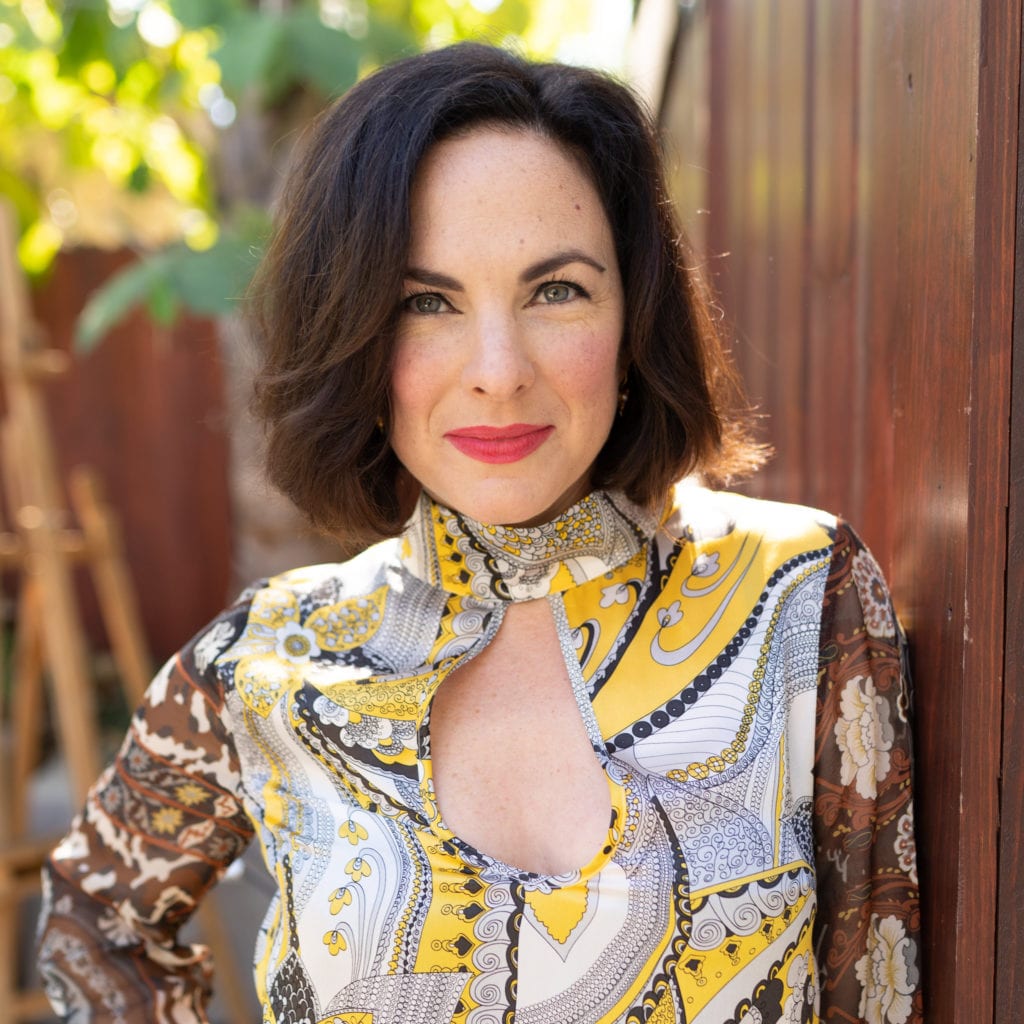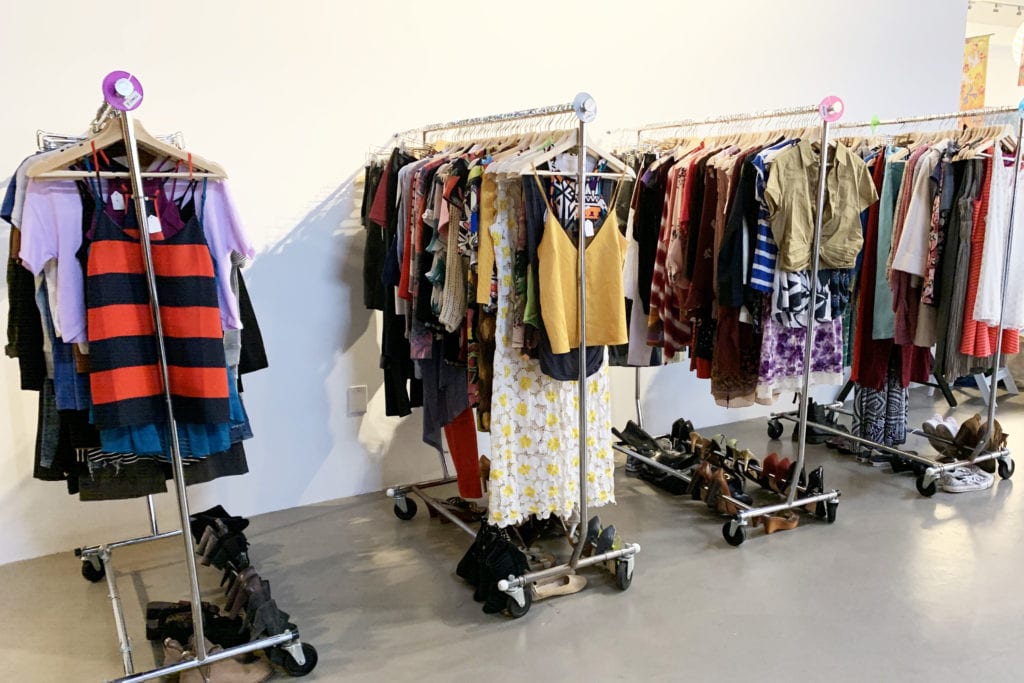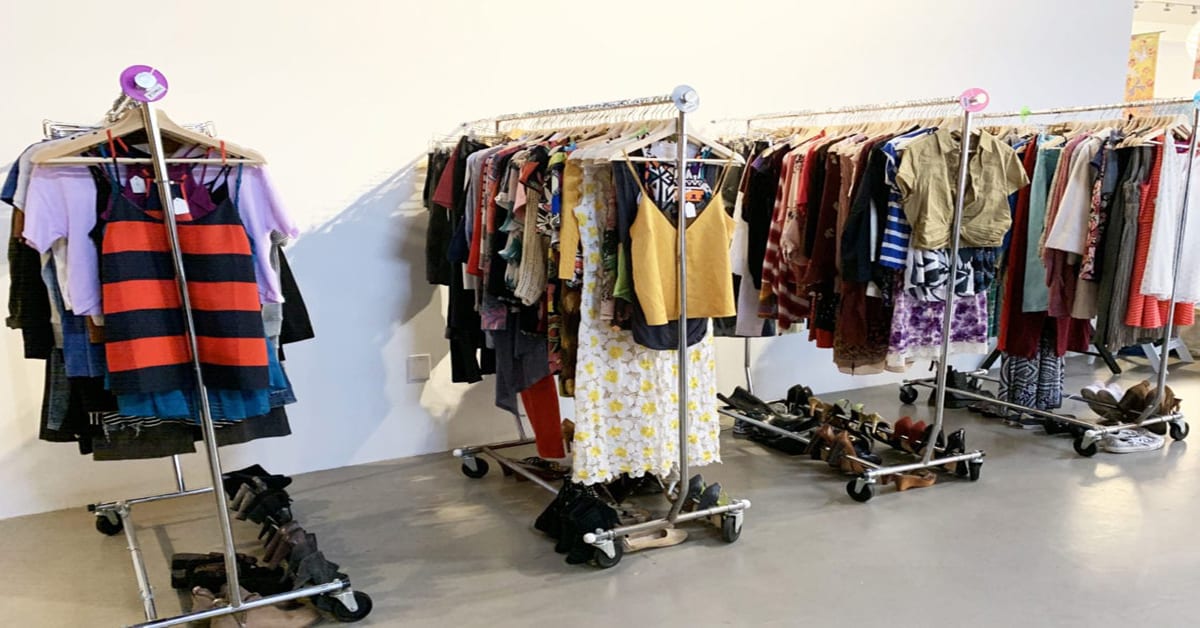Fashion is one of the worst polluting industries in the world today. Landfills pile up with non-biodegradable textile waste all over the world. This issue makes many people question: How can we enjoy clothes more sustainably? That dilemma is what inspired Nicole Robertson to start Swap Society.

Swap Society is all about swapping clothes. Rather than buying new, people send them clothes that they don’t want anymore and swap them for other clothes. This helps foster the spirit of sharing and puts an exciting edge to getting new clothes. Here you get pre-loved clothes from all brands to choose from.
Want to give your loved one the joy of being part of Swap Society? Get them a Swap Society Gift Card. Choose between a ONE YEAR OF MEMBERSHIP ($180) gift card or THREE MONTHS OF MEMBERSHIP ($60) gift card.

I interviewed Nicole Robertson who founded Swap Society to combat the effects of fast fashion. She talks about her advocacy to help in making a more sustainable and ethical fashion and apparel industry. Get inspired by her sustainable fashion brand and learn how to dress with the environment in mind.
Tell me a little bit about yourself.
I’ve long considered myself an environmentalist and I am always looking for ways to improve and do better. In 2010, I left my career in the beauty industry to work for a bioplastics manufacturer and started doing a deeper dive into my personal footprint. It was then that I learned the truths about the apparel industry, and I knew that I needed to find alternatives to buying new clothes.
My wardrobe at that time was a mix of unique thrifted pieces and clothes that I had purchased brand new. I love fashion as a way to express myself, but I don’t think that should come at the expense of other humans or the health of our planet. I joined a local swap club and, with a few small exceptions, I haven’t bought new clothes for the past 10 years.
For you, what does sustainable fashion mean?

Truly sustainable fashion should consider the health and well-being of the workforce, as well as the entire lifecycle of the garment from cradle to grave. We must transition from the “take-make-dispose” linear model of consumption to circular fashion models. From regenerative farming to swapping and shopping secondhand, we need to rethink fashion at every step of the way. The easiest way to embrace sustainable fashion is to wear what you already have in your closet, mend your clothes instead of tossing them out, and swapping or shopping secondhand when you need or want something new.
What is Swap Society?
Swap Society is an online clothing swap for women and kids that makes it fun, easy and affordable to mix up your wardrobe in a sustainable way.
Why did you start it?
We are on a mission to make circular fashion accessible for all. Over the past decade, several online platforms have emerged to bring thrifting and consignment online, which is amazing, but there are some crucial issues with the existing offerings. Whether brick-and-mortar or online, most resale shops do not accept what the masses are buying—fast fashion. Swap Society accepts all brands, even clothes with the tags missing, so long as they are in good condition.
I also wanted to help address the affordability issue. New sustainable fashion is understandably more expensive, but that means it’s out of reach for most people. And resale shops typically pay pennies on the dollar for the clothes they receive, which is a deterrent for many. We use a points system that ensures people get equal value for the clothes they swap. And perhaps most importantly, we give value to unwanted clothing, helping to close the loop, and keeping wearable clothing in circulation longer.
What are the best parts of joining Swap Society?
All the fun of fashion, without the guilt. Being able to wear new clothes without spending a fortune, harming the earth, or subjugating our fellow humans.
In your opinion, why is swapping clothes better than buying new?
There’s an abundance of clothing on earth—it’s estimated that 40+ years worth of clothing already exists. We are manufacturing and buying clothes at an unprecedented rate and clothing waste is a mounting problem. Every second a garbage truck of textiles is landfilled or incinerated, most of which are wearable clothing.
Plus, the fashion industry is one of the biggest industrial polluters, polluting our air and our water, and ravaging our soil to make new fibers when we have fewer than 60 harvests left. All for the sake of fashion. We need to wear what already exists and slow down our consumption of new textiles.
How is your business helping individuals and communities worldwide?

Apparel supply chains are extremely problematic. Not only are there terrible pollution issues, but it’s also an industry that enslaves millions of people around the world. When we reject these companies and their business practices, when we make our voices heard and demand a more transparent and fair industry, we can help create a much-needed shift. Swap Society provides an alternative that makes it easy and fun to embrace slow fashion.
What is your advocacy as an entrepreneur?
I believe strongly in the importance of a triple bottom line. We look beyond financial growth and always consider the social and environmental impacts of our business.
Where do you see Swap Society in the future of the sustainability movement?
My goal is to scale the business so we can help cannibalize fast fashion consumption around the world and make swapping before shopping the norm.
What tips can you recommend to people who want to live more sustainably?
In a society that demands instant gratification, I would urge people to be more patient. When you find yourself needing or wanting something, ask yourself why, and can you live without it? Take the time to find a gently used version of what you are looking for before buying something new. And when you do buy something brand new, consider the working conditions of the people who made it and the environmental consequences of its manufacture.




